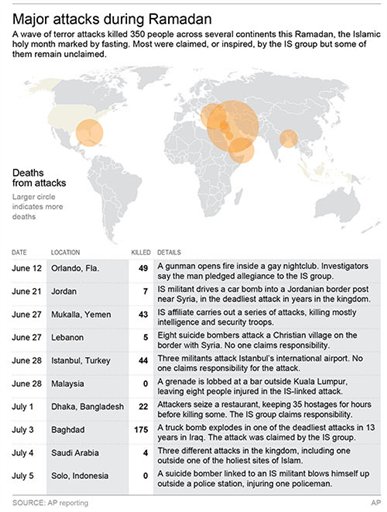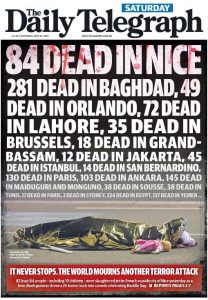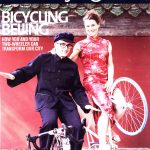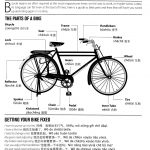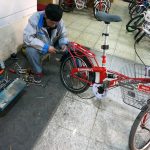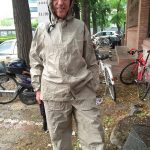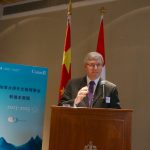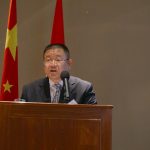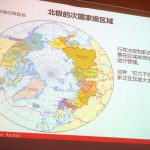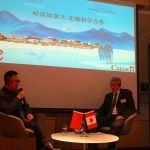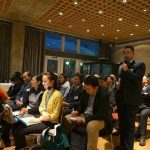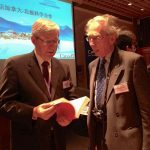See the original article for more details. Do note the study was done by a famous university in Beijing, not some foreign group.
Coal Burning Causes the Most Air Pollution Deaths in China, Study Finds
By EDWARD WONG NYT
Burning coal has the worst health impact of any source of air pollution in China and caused 366,000 premature deaths in 2013, Chinese and American researchers said on Thursday.
Coal is responsible for about 40% of the deadly fine particulate matter known as PM 2.5 in China’s atmosphere, according to a study the researchers released in Beijing.
The study, which was peer-reviewed, grew out of a collaboration between Tsinghua University in Beijing, one of China’s top research universities, and the Health Effects Institute, based in Boston, a research center that receives funding from the United States Environmental Protection Agency and the worldwide motor vehicle industry. The researchers’ primary aim was to identify the main sources of air pollution leading to premature deaths in China.
Some more highlights of the article:
– 155,000 deaths in 2013 related to ambient PM 2.5 to industrial coal burning, and 86,500 deaths to coal burning at power plants;
– Fuel combustion of both coal and biomass in households was another major cause of disease that year, resulting in 177,000 deaths;
– Transportation was a major cause of mortality related to PM 2.5, with 137,000 deaths attributed to it in 2013.
– China consumes almost as much coal annually as all other countries combined, and coal burning in the country is the biggest source of both air pollution and greenhouse gas emissions, the leading cause of climate change.
– Growth in China’s coal consumption has begun to slow.
– “Despite air pollution reductions, the overall health burden is expected to increase by 2030 as the population ages and becomes more susceptible to diseases most closely linked to air pollution.”
– Even under the most stringent policies on coal use and energy efficiency, coal is expected to remain the single biggest contributor to PM 2.5 and China’s health burden in 2030.
– Global Burden of Disease study examined deaths in 2013, which estimated that PM 2.5 contributed to 2.9 million premature deaths worldwide, with 64% of those in China. It estimated the number of premature deaths in China in 2013 related to PM 2.5 exposure at 916,000, out of a population of 1.4 billion.
– Researchers found that outdoor air pollution was the fifth leading cause of premature deaths in China, behind high blood pressure, smoking, high consumption of sodium and low consumption of fruit. Household air pollution was the sixth leading cause.
– In 2013, the OECD warned that “urban air pollution is set to become the top environmental cause of mortality worldwide by 2050, ahead of dirty water and lack of sanitation.” It said that as many as 3.6 million people could end up dying prematurely from air pollution each year, mostly in China and India.
Those issues were also covered in my book. Interesting updates… and scary…
